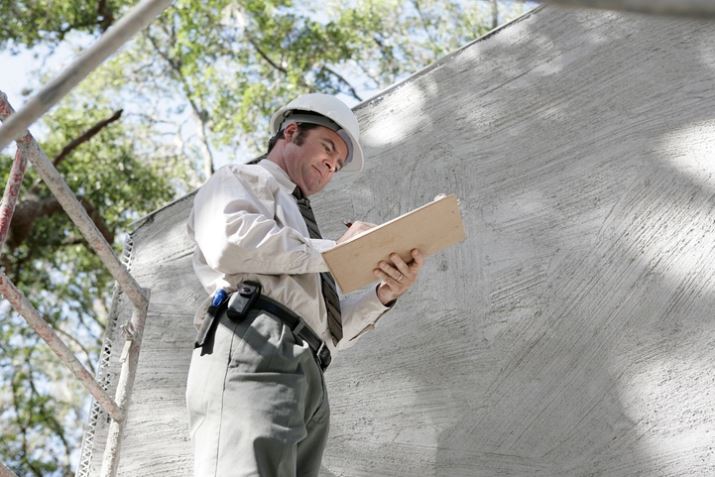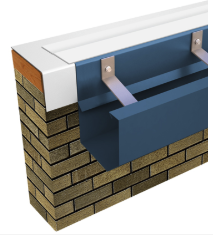Metal roofing is known for its durability. However, like many systems, it's not indestructible.

By StealthBond.
Share this article with your customers to help them understand the basics of caring for their metal roof.
There are some components of your metal roof that will require regular inspections to ensure your system is secure and not producing leaks. While you won't be required to do much regarding maintenance, what you are looking for is wear and tear, storm damage, or and shifting in the metal panels. Here are some important steps to ensure you are doing your best to extend the life of your metal roof.
When to Inspect Your Metal Roof?
Regardless of what roofing system is in place, always check it after the end of an intense weather season. For residents of Florida, this would be after hurricane season. Intense weather with heavy rainfall and extreme winds can increase fastener failure in traditional metal roofing. Immediate inspection of the roof should take place after the passing of a storm. Other factors could shorten the lifespan of your roof such as:
- Not regularly maintaining your roof
- Not fixing issues when they arise
- Structural movement
- Damage from installation
- Accidental damage from debris
How to Get the Most Out of the Checklist
Homeowners can utilize the checklist on their own as a way to outline exactly what they want or need from their roofing contractor. As you work through the checklist write "Good" next to anything that doesn't require immediate attention and only needs to be inspected routinely. "Fair" applies to any issues that arise that show beginning signs of damage that needs to be further inspected by a roofing contractor. "Poor" is left for areas that have obvious problems and needs to be fixed immediately. As you move through the checklist, any indication that a leak could form from the issue needs to be marked as "Poor" and one of the first things you need to address when you speak to your contractor.
- Metal Roof Maintenance Checklist
- Here's what to look for when you are assessing your metal roof:
- Visible damage
- Leaks, stains, or cracks in exterior walls
- Holes, stains, or cracks on interior walls
- Leaks in the ceiling
- Rust or mold on the interior roof deck
- Cracks/dents on the roof deck
- Color fading
- Debris or dirt on the field roof
- Discoloration at lap joints
- Missing fasteners
- Sealant failures
- Soft spots on the primary roofing panels
- The roof is securely attached at the perimeter
- The drainage system is working
- The gutters are free from debris and still attached
- The roof edges show no signs of deterioration
- The expansion joints don't have excessive movement
- No signs of penetration
- Curb flashings show no sign of movement and are attached securely
- Roof-mounted HVAC is secure
How to Protect Your Roof
Metal roofing systems have a more extended lifespan than traditional metal roofing. With the proper installation, it can last you about 20 years or more than shingle roofing. However, you want to ensure you are doing the most to protect your roof in the meantime. You can start by keeping all the paperwork and records including inspection reports, warranties, and maintenance bills. These documents will come in handy when repairs are needed, or it's time to reroof. As we previously mentioned, regular inspection is the best method of protection. By using the checklist provided you have the option to fix and repair issues before they cause structural damage. Problems found during inspection should be made correctly. Improper repairs are a common cause of roofing issues. Always hire a roofing contractor or work with your authorized StealthBond® dealer. After storms and nasty bouts of bad weather, debris can make its way to the top of your roof leading to potential punctures or clog gutters.
Learn more about the StealthBond® Concealed Adhesive Roofing System at www.stealthbond.com.
Source: StealthBond®























Comments
Leave a Reply
Have an account? Login to leave a comment!
Sign In